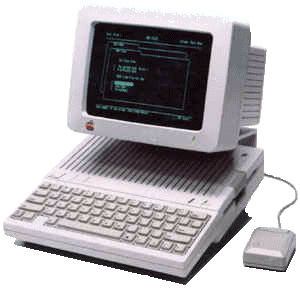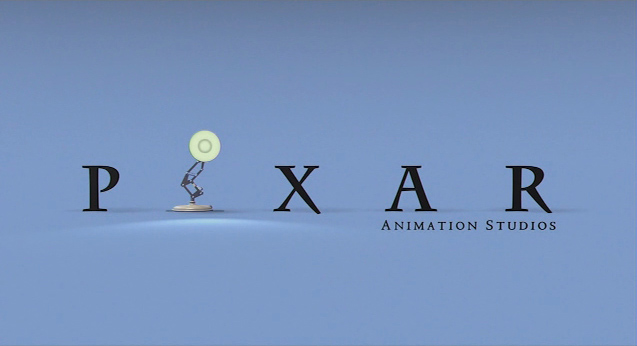Steve Jobs as Design
 Thursday, October 6, 2011 at 12:21PM
Thursday, October 6, 2011 at 12:21PM The world is saddened with the passing of Apple co-founder Steve Jobs. A great loss whose name will be remembered with the likes of Edison and Einstein for ultimately changing the world in fundamental ways. As a designer this loss is particularly heartfelt as we have lost a true visionary that brought design to the forefront of our subconscious collective.
I remember the day my father brought home an Apple IIc computer (which I believe we still have) and we were thrust into a new way of thinking, working and playing. I remember thinking that the shape and function of this piece of hardware, with it's monochrome monitor, was something right out of the science fiction - mixed with a bit of good old fashioned automotive grill design. It was a powerhouse of thought, cut right out of the future, thrust into the now.
And then the days of the first Macintosh, that boxy, lovable cube that made computing something more accessible and personal. Compact, affordable and stylish, it wove into the world the GUI - graphical user interface, again changing the way we thought, worked, and played.
Jobs founded NeXT Computer after leaving Apple, but failed to capture the same sense of product design by introducing a costly, but technologically advanced, box that could never distinguish itself in a growing low-cost PC and Windows dominated market.
However, it really was the software under the hood that proved to be something worthy of attention, especially when Apple purchased NeXT in 1997 and used the software to create what would ultimately become OSX, iTunes, and MobileMe.
Jobs seemed to becoming as concerned with developing the power of software and investigating how we interacted with that software. How does a computer and the information become 'Interpersonal' and collaborative especially with the the expanding Internet and information available to us. With that monumental integration of thought, he continued to develop a design thread that began with the Macintosh in a different direction.
But it was what Jobs did next that was hugely intriguing; buying Lucasfilms computer graphics division in 1986 and founding Pixar. He, along with others, recognized that the power of the computer was continuing to be transformed into something much more than a personal computational machine, its power could could be harnessed to entertain, visualize, and take us places we had never been to before. Design in a new form. Jobs' return to Apple and his pairing with Jonathan Ive in 1997 ushered in the synthesis of design ideas that had threaded through the years. Design took the front seat to introduce a product that became as iconic as the Macintosh; the iMac.
Jobs' return to Apple and his pairing with Jonathan Ive in 1997 ushered in the synthesis of design ideas that had threaded through the years. Design took the front seat to introduce a product that became as iconic as the Macintosh; the iMac.
And the world took notice. Here was a machine that looked and functioned so fundamentally different from anything out there that it becomes an object of desire.
What made this sequence of products so successful? Jobs recognized that what we desired (without us even knowing it) was that we needed novel ways to interface and share the growing amount of information available. How quickly and easily could we access the things that are most important to us? How can design bring joy, desire, learning, excitement, connection, fascination, intuition, utility, and myriad other things to our lives? How can the design of software and hardware come together to give us greater access to information, entertainment, and each other?

Design is not just how something looks or functions.
Look deeper.
It is so much more.
Thank you Mr. Jobs for everything you have given us.
The world is just a bit dimmer with you gone.



